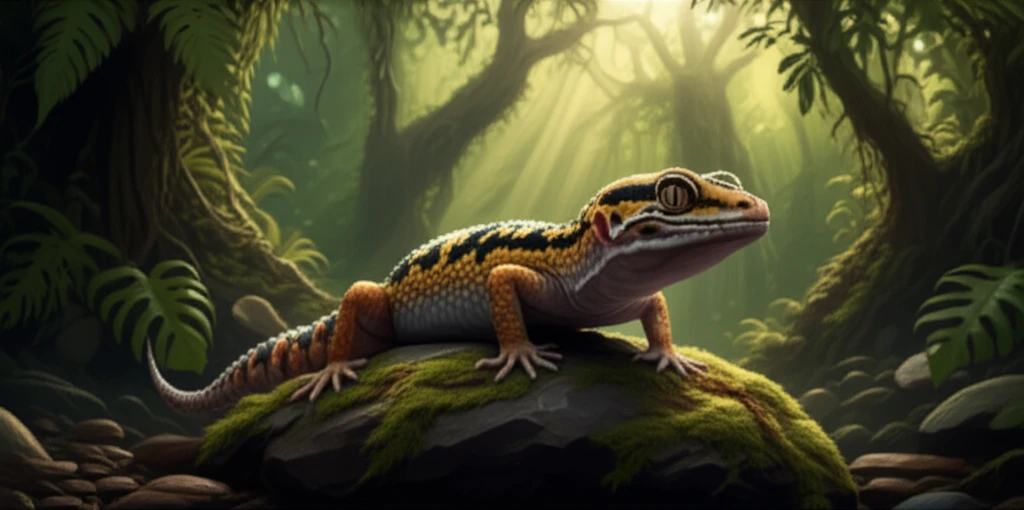
Satpura Leopard Gecko: A Brand New Species Discovered!
"Unveiling Eublepharis satpuraensis: A new lizard species found in India's Satpura Hills, challenging old classifications and highlighting the need for dedicated herpetofaunal research."
Leopard geckos (Eublepharidae) are a diverse family of lizards found worldwide. While there are 31 known species across six genera, these nocturnal creatures remain relatively understudied, especially in regions like India. In India, the genus Eublepharis was previously believed to be represented by three species with disjunct distributions: E. macularius, E. fuscus, and E. hardwickii.
A recent herpetological investigation in the Satpura Hills of central India led to the collection of Eublepharis specimens that couldn't be definitively assigned to any of the known Indian species. This sparked a re-evaluation of existing classifications, as previous researchers had mistakenly identified this population as Eublepharis hardwickii.
Detailed morphological comparisons with fresh collections and available museum specimens revealed that this distinct population from the Satpura Hills represents a new species. This article introduces Eublepharis satpuraensis, providing a comprehensive description and shedding light on its unique characteristics and evolutionary relationships.
Distinguishing Features of Eublepharis satpuraensis

Eublepharis satpuraensis is a medium-sized leopard gecko, reaching a maximum snout-vent length (SVL) of 130 mm. It can be distinguished from its congeners by a specific combination of traits:
- SVL ranging from 125–130 mm.
- Dome-shaped tubercles without keels arranged in approximately 20 rows on the dorsum, with inter-tubercular spaces wider than the tubercles themselves.
- Presence of 46–48 ocular fringe scales.
- Three pale bands located between the nuchal loop and caudal constriction.
- Smooth median subdigital lamellae.
- 13–14 preanal pores, sometimes interrupted medially by a single poreless scale.
Implications for Conservation and Future Research
The discovery of Eublepharis satpuraensis highlights the critical need for continued herpetofaunal surveys across India, especially in biodiversity-rich areas such as the Satpura Hills. This finding challenges previous classifications and underscores the importance of detailed morphological and molecular analyses for accurate species identification.
Previous misidentification of E. satpuraensis as E. hardwickii by earlier researchers emphasizes the necessity for a comprehensive revision of the genus Eublepharis. Such a revision should incorporate both morphological and molecular data to resolve taxonomic uncertainties and clarify evolutionary relationships.
This discovery also has implications for conservation efforts. Accurate identification and understanding of species distributions are essential for effective conservation management. Further research is needed to determine the full distribution range of E. satpuraensis and assess its conservation status, especially given the potential threats from habitat loss and the illegal pet trade.
